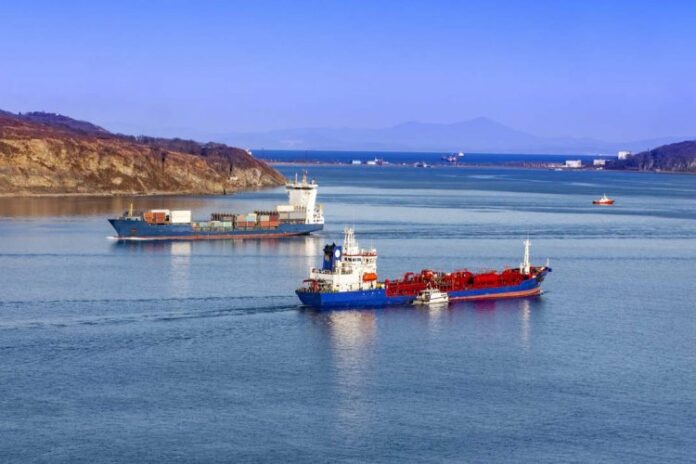The white paper identifies a looming “safety gap” between shipping’s existing approach to safety risks and its ambitions for greater digitalisation and the adoption of alternative fuels.
The maritime industry is undergoing a rapid transition to a decarbonised, digitally smart future. However, the new technologies and fuels that the industry is banking on to meet the challenges of the next decades are also creating a new risk landscape and demanding a new approach to safety. If shipping is able to adapt and implement the new safety paradigm identified in the white paper – the end result could be a maritime industry that is not only more efficient and sustainable – but safer as well.
Knut Ørbeck-Nilssen, CEO of DNV GL – Maritime, said:
“To close the safety gap, we will need a collective, ongoing effort. Suppliers, owners, charterers, and yards can work together to ensure we treat vessels holistically, over the entire lifecycle, rather than a collection of separate sub-systems. We need to recognize how any single decision, for example the choice of fuel or introduction of a new digital system, impacts upon other ship systems, the vessel as a whole, and even the fleet. But, if we can all work together, step out of our silos, we can develop the procedures and competencies needed to meet these challenges and enable a culture of continuous improvement.”
The white paper focuses on the twin trends shaping the industry – digitalization and decarbonization – and the different safety-related risks associated with these trends. Digitalization increases system complexity and introduces new ways of operation and collaboration. While decarbonization involves a significant increase in the use of alternative fuels and operations. To deal with these, the white paper focuses heavily on the interaction between technology, organizations, and the greatest asset of the maritime industry: Its people.
Fenna van de Merwe, Principal Consultant at DNV GL – Maritime, and the paper’s lead author, said:
“If we want to ensure our industry transforms safely, we must embrace the idea that whenever we are developing new technologies, systems and processes, the end user must be central to that development process. Our aim should be that throughout the industry we have a shared focus that in both design and operation we are supporting people in their work and decision making. This is essential to understanding these new risks and to building the safety barriers that will enable us to realise the potential of these new technologies and processes safely.”
The white paper concludes that every maritime organization can play a part in facilitating safe and efficient performance, by balancing technology and personnel, utilizing human-centric design, and ensuring the overall wellbeing of their people. Because ultimately, it is the people in these organisations who will lead the industry forward as it transforms to a more digital and decarbonized future.



